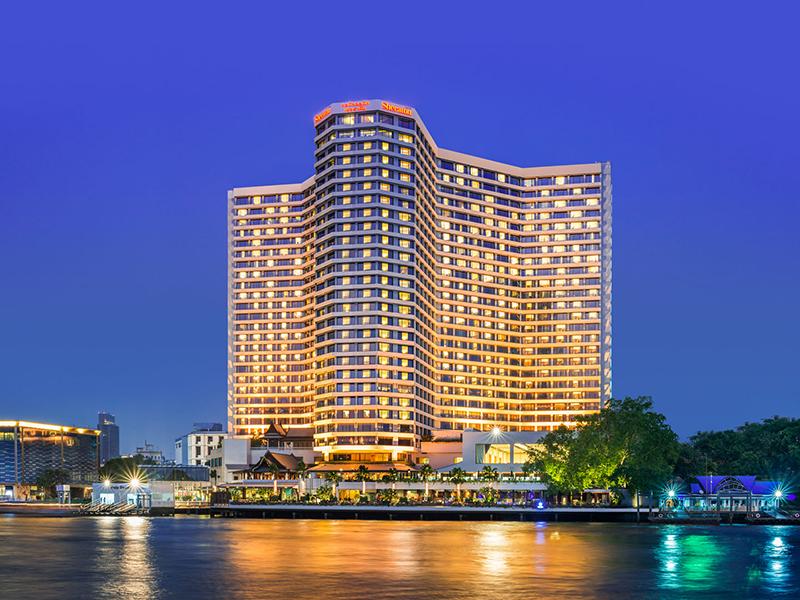“There are more than 2,000 pagodas spread over a vast area of more than 40 square kilometers. and was registered as a World Heritage Site by UNESCO in 2019.”
Bagan Archaeological Zone It is a historical site of great artistic and religious value. Located in the central part of Myanmar along the banks of the Irrawaddy River, Bagan was once the center of the Pagan Kingdom. (Bagan, the capital) during the 9th-13th centuries, which is considered the golden age of Buddhism in Burma.
At its peak Bagan had over 10,000 pagodas and temples, but only about 2,000 remain today, as Bagan has suffered several major earthquakes. Especially in 1975 and most recently in 2016, which caused severe damage to many pagodas. Causing subsequent restoration and conservation Although some past restorations did not meet international standards, Bagan was finally inscribed on the UNESCO World Heritage List in 2019 as a testament to the power of faith and the artistic and architectural flourishes of this great empire.
Within the ancient complex are several important temples and pagodas, such as
-
Shwezigon Pagoda, a golden pagoda that serves as a model for Burmese pagodas throughout the country.
-
Ananda Temple, a white sandstone temple with four Buddha statues facing the four directions.
-
Thatbyinnyu Temple, the tallest temple in Bagan.
-
Sulamani Temple, with its exquisite and intricate murals.
Tourists can enjoy the magnificent view of the “Sea of Pagodas” from the observation tower or from a hot air balloon in the morning. It is a popular activity and provides unforgettable images. There is also a local village to visit to see the locals' way of life, where they still preserve handicrafts such as lacquerware making. pottery making and palm leaf making
In addition to the artistic beauty, Bagan is also a center of spirituality and faith. Buddhist ceremonies and festivals are held regularly, such as the Ananda Pagoda Festival in December, which features processions and bustling local markets. Tourists will experience both the sacred atmosphere and the friendliness of the locals.
How to Get There
- From Mandalay you can take a bus or taxi to Bagan. The journey takes about 4-5 hours, or you can fly to Nyaung-U Airport. From there, you can rent a tuk-tuk or horse-drawn carriage to tour the ancient site conveniently.
Travel Tips
Dress Code:
- This is a religious site. You should dress modestly. Close your knees and shoulders. Shoes and socks must be removed before entering any temple.
Entrance Tickets:
- A ticket for the Bagan Archaeological Site is required. This ticket can be used to enter all temples within the area. And there will be random checks at the big temple.
Best time:
- Avoid hot daytime temperatures. Plan your visit in the morning and evening (for sunset viewing).
Viewpoint:
- Climbing the pagoda is not permitted. It is best to use the provided mounds (such as Sulamani Mound or Nyaung Lat Phet Mound) as sunrise/sunset viewing points instead.
Admission Fees:
- The entrance fee to the ancient site is approximately 25,000 kyat (approximately 300 Thai baht) for foreign tourists.
Opening Hours:
-
Archaeological Zone: Open 24 hours (to accommodate sunrise and sunset viewing)
-
Main Temples and Pagodas: Generally open from approximately 8:00 AM to 6:00 PM, or according to sunset time.









